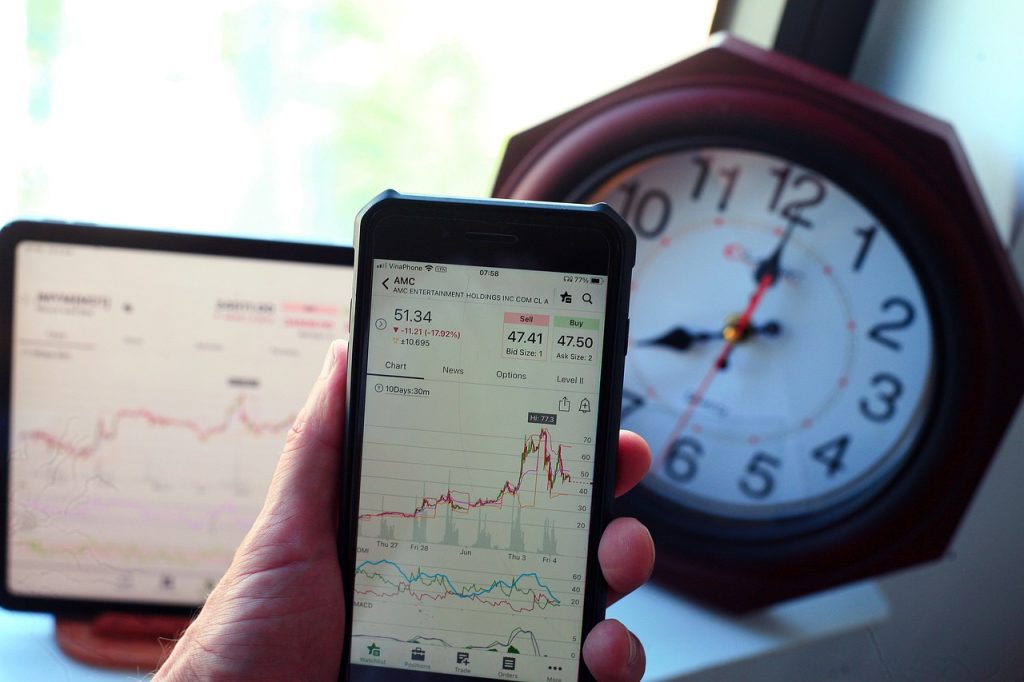The commodity market allows for high profits, which is why the number of investors who are interested in investing their capital in commodities is still growing. Oil, industrial and agricultural raw materials, precious metals – if you decide to invest in commodities, the multitude of instruments will allow you to diversify your investment portfolio
What is the raw materials and commodities market?
The raw materials and commodities market includes a wide range of instruments: metals, energy resources, agricultural products, wheat, corn, cocoa, sugar, juices, cotton and many others. Each of them has its own specificity and is available at different times, depending on the exchange on which it is listed. A commodity exchange is a trading space whose members trade specific bulk commodities.
Commodities are an extremely interesting market, which, on the one hand, is an ideal way to diversify your investment portfolio, and on the other hand, is characterized by high volatility (e.g. due to droughts, natural disasters) giving many opportunities for profits.
Have you ever thought that you will be able to make money on wheat, cocoa, sugar, orange juice, cotton or other products that you see in stores every day? Investing in commodities makes it possible for you.
Demand vs. supply
The development of civilization forces an increasing demand for raw materials, while this is rarely followed by an increase in supply. It should be remembered that the demand-supply factor is the main element determining the price of raw materials. It is worth considering it not only on the domestic market, but above all on the global market. It has an impact on the prices of raw materials. For example, gold will change its price depending on the strength of the dollar, but also on the situation on the stock market.
- Geopolitical factors
The level of extraction of a given raw material is strongly influenced by conflicts, both international and internal (e.g. between employees and mine management). Raw materials are often used as a bargaining chip in international political games.
- Currency
The settlement currency, e.g. of the oil market, is the US dollar. Therefore, the decline or increase of the dollar against other currencies has a direct impact on the price of black gold.
- Raw material stocks
The disproportions between the demand and production of raw materials are compensated for by inventories. The more inventories there are, the greater the pressure on the price of a given raw material to fall. In the case of crude oil, the OPEC – Organization of the Petroleum Exporting Countries – controls the market.
Price of goods – what affects it?
- Demand vs. supply
The demand for goods changes every year. If you decide to invest in commodities, remember (as in the case of commodities) that the demand-supply factor should be considered mainly in global markets, not only domestic ones.
- Export restrictions
Conflicts between countries often result in supply blockades or embargoes on individual products. Depending on the economic situation, this causes the prices of raw materials to fall or increase.
- Weather
Weather has a significant impact on most goods, and more specifically unforeseen weather situations such as droughts, floods, hurricanes, etc. After rapid changes in the weather, prices can rise very quickly.
- Inventory
Here, as in the case of commodity prices, the disproportions between the demand and production of commodities are influential. The higher the inventory, the more stable the price of the commodity.
Investing in commodities – how to do it?
When investing, the risk of losing funds cannot be completely eliminated. However, there are some methods that effectively reduce them. Diversification of the investment portfolio provides many attractive financial opportunities. It increases the level of capital security.
Diversification of an investment portfolio can be defined as dividing the portfolio into several types of investments, for example, in various industrial raw materials such as copper, nickel, zinc.
It is not without reason that many investors also decide to invest in precious metals. Gold is called a “safe haven” because it is chosen by investors concerned about declines in stock markets. High volatility in stock markets is a good environment for defensive assets and currencies.
Commodities quotations – how to check?
Commodity prices can be tracked continuously 24 hours a day. Changes in commodity prices are best observed on charts.
In addition to financial investors, other entities conducting business activity participate in the trade in raw materials. They aim to conclude a transaction in which the goods are the subject of exchange. By buying a financial instrument, they hedge against an adverse change in the price of a given commodity.
Commodity prices and their growth and volatility depend on the high activity of speculators, which increases the liquidity of a given market. For this reason, the market and commodity prices play a special role. Through CFDs, it is possible to use elements such as leverage and short selling. In the economy, no market functions in isolation from other markets, and it is no different in the case of the raw materials and commodities market. When deciding to invest in commodities, the analysis would not be complete without looking at the exchange rates of certain currencies. However, there are so many factors shaping the current commodity prices that they are an excellent tool for diversifying the investment portfolio.
